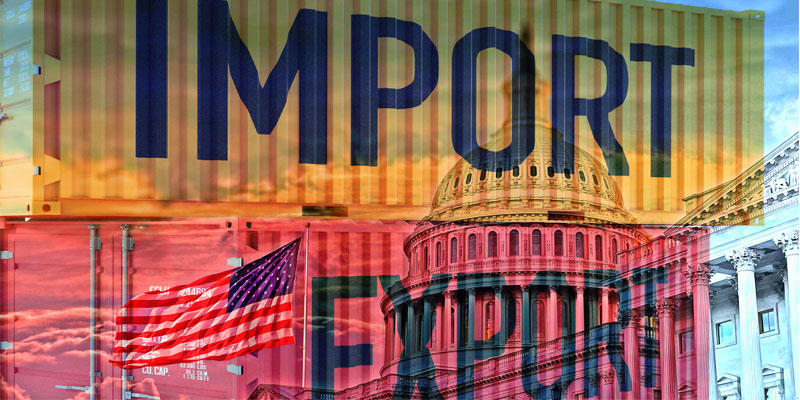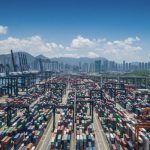
In China, rising coronavirus infections following the country’s relaxation of its zero-COVID policy are contributing to disruption in supply chain operation.
Cold weather and the rapid surge in positive cases has resulted in delivery delays, factory closures and labour shortages across the country.
China departure stations are experiencing delays due to COVID infections, and bad weather, with some factories reporting that half of their employees were sick at home.
OCEAN
Poor cargo demand, spot freight rates in free fall, and a looming overhang of containership capacity have prompted carriers to blank sailing, but also, increasingly to abandon the Suez Canal on backhaul voyages from Europe to the Far East.
While the danger of further strikes at UK’s Felixstowe port has been avoided after a pay deal was reached with unions, workers are on a go-slow at Hutchison Ports’ Delta II terminal in Rotterdam, with 82 hour delays for barge operators and shippers waiting seven days for their goods.
Carriers have made significant capacity cuts, in increasingly desperate attempts to support rates. 29% of Trans-Pacific capacity was blanked in October, 24% in November and 21% in December. On the Asia-Europe route, 26.5% was blanked in October, 17% in November and 19% in December
And now poor cargo volumes and tonnage overhang are leading carriers to re-route Europe to Far East backhaul via the Cape of Good Hope, rather than forking out hundreds of thousands of Dollars in Suez Canal fees.
For ocean volumes to remain unchanged from 2022, a fast normalisation of energy prices and swift decline in inflation must occur, but they are likely to fall and while less volume normally means less negotiation leverage, the carriers will be desperate for cargo.
Although rates in the European container market remained largely stable over week 52, by the end of 2022, freight rates had fallen around 90% from the year high’s of $20,000/FEU, due to weak demand and tight supply, balancing the supply and demand equation.
The strength of the US dollar against the euro and sterling, along with the increased focus on sourcing product from Europe instead of China, has enabled the transatlantic trade to stay robust despite the downturns elsewhere, but freight rates may still soften post CNY, due to a huge 43% year-on year injection of capacity on the route.
AIR
The air freight market remained aggressive on most trade- lanes, as demand remained low, with plenty of available capacity, and is expected to remain competitive.
There are some instances of backlogs and tight spaces ex-EMEA and ex- China, which is likely to slow rate decreases on certain trade-lanes.
As we move into 2023, high jet fuel price likely to affect rates and fuel
surcharges are likely to fluctuate amidst oil price fluctuations.
Air freight volumes remain low and with global inflation levels likely to remain elevated into 2023, demand is likely to decrease even further.
Chinese factory activity fell again in December as the spike in Covid-19 cases disrupted production after Beijing started dismantling its pandemic curbs.
The manufacturing purchasing managers’ index (PMI) fell to 45.3 in December from 46.5 in November. The index has registered below the 50- point mark dividing growth from contraction for five straight months.
Despite raised hopes, eCommerce movements added negligible growth to global volumes over the final two months of 2022.
As ocean freight freight costs reduce and performance improves, we are seeing a shift in transport mode from air to sea
Volumes are expected to witness flat growth in the first two quarters of 2023, although the Lunar New Year may trigger a short volume spike.
Load factors, however, continued to sit well below last year’s extraordinary peak season. Europe to North America load factor in the week leading up to the 2022 Thanksgiving holiday sat at 74%, down 12% from 2021.
Whatever challenges your supply chain may face, the price and capacity agreements we have in place with our long-term partner air and ocean carriers mean that we continue to deliver resilient and reliable supply chain solutions.
Our purchase order management and supply chain tracking technology support the most demanding global trading regimes, providing transparency and control. EMAIL Andy Costara to learn more and see how our technology can support your supply chain.





